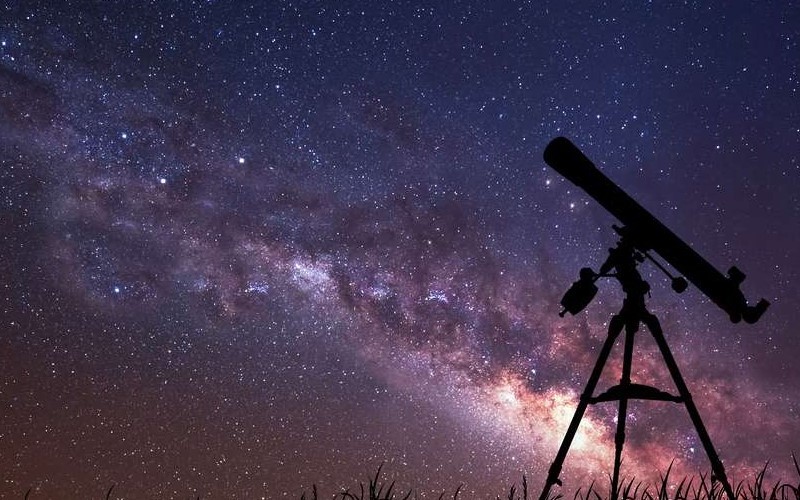It might be difficult for you to write or say star in another language if you are an English speaker. You can see the following words for stars below. These are a few of them, but there are many others.
10 Words for Star in Different Languages
There are a lot of words of the different languages for the word star. See the 10 words below.
The French word for star
In the French language, “étoile” means star. Its pronunciation is similar to “etual”. This is similar to how we pronounce “equal” in English. Only the letter “q” needs to be replaced with the letter “t”.
The Spanish word for star
When I search this on Google, I hear “Estrella” for “Star”. The sound is similar to “Estreya”. Star is also known by different names in Spanish, including star, astro, asterisk, and outstanding figure.
The Italian word for star
“Stella” is the Italian word for star. The pronunciation is similar to “stay la”. Italian is a romantic language, and if you are an English speaker, you will enjoy listening to its common words.
In Russian, how do you say star?
You should know English if you speak it. Writing “star” in Russian might be a challenge for you. You have to write it like “звезда” and I cannot hear the sound of this word when I listen to it. I am unable to pronounce it. As such, I won’t write it here.
The Hindi word for star
Star is called Sitara in Hindi, which is pronounced as “sitaara”. But now here’s the interesting part. Type this word in Google and you’ll find out. Bollywood stars will appear. The word is used mostly by Indians to refer to celebrities. There is a good chance that an Indian will think of Shahrukh Khan when you mention this word. Not the star in the sky.
Click ”marketbusinesstimes” more interesting Informations.
How to Say Star in Persian
The Persian word “Sitara” is used for the star. The same pronunciation as “sitaara” is used in Urdu. Like this word, there are many words in Urdu that have roots in languages like Persian, Farsi, Hindi, Arabic, etc. Basically, Urdu mixes many different languages together.
Here are a few easy words for star in different languages.
The Dutch word for star
Because star is pronounced “ster” in Dutch, it is very easy to say star. As you can see, all you need to do is substitute “a” with “e”.
The Romanian word for star
Romanians used the word “Stea” for Star, which sounds like “Staa”. As a result, I have no trouble speaking or writing Romanian.
The Albanian star
The Albanian language has the shortest name of star. It is simply “yll.”. You can hear its sound in Google Translate. You will hear a robotic voice speaking in another language.
The word star is very strange in some languages. It surprised me. However, I mentioned only one.
Star of IGBO
Igbos call stars kpakpando.
More Info about Stars
A star is a luminous body of gas that shines by absorbing and emitting light. The most famous astronomical bodies are stars, which are the most essential components of galaxies. We are closest to the Sun.
The characteristics of planets are closely related to the characteristics of stars, which provide heavy elements such as carbon, nitrogen, and oxygen.
1 x 1024 stars are estimated to exist in the observable universe. It is called astrology to study the stars. It is the broadest branch of physics, which studies universal bodies such as stars, their sizes, energies, temperatures, masses, and chemical composition, as well as their distances and motions. When a gas nebula of hydrogen and helium collapses gravitationally, along with heavier elements, it becomes the first star.
Click ”techktimes” more interesting Informations.
A molecular cloud experiences gravitational instability due to high-density regions – often caused by cloud compression by massive-star radiation expansion of bubbles, a clash between different molecular clouds, and galaxy collisions.
When a region crosses enough matter to satisfy Jeans instability criterion, it collapses under its own gravitational force. The stars have historically been significant to human civilization. Celestial communication and guidance was achieved through them as part of religious rituals.
People tracked the stars’ signals to guide themselves as they travelled. Approximately one billion to ten billion years have passed since the birth of stars. Stars are composed of about 71% hydrogen and 27% helium.
In the sky, you can see stars that are bigger and brighter than theOut of the million stars in the sky, we can see only 2000-2500, because the rest are either too small or too dim to be seen with the naked eyes.
The twinkling of stars isn’t due to stars themselves, but rather to Earth’s fierce atmosphere. We enjoy seeing stars at night.
A star’s light must pass through several layers of regularly contrasting thickness as it passes through the air, especially when the star appears close to the skyline.
Different languages call the star by different names. The stars become visible after sunset. However, if there are no clouds, they can be seen clearly at night. Essentially, this redirects the light a bit like the ball in a pinball machine.

